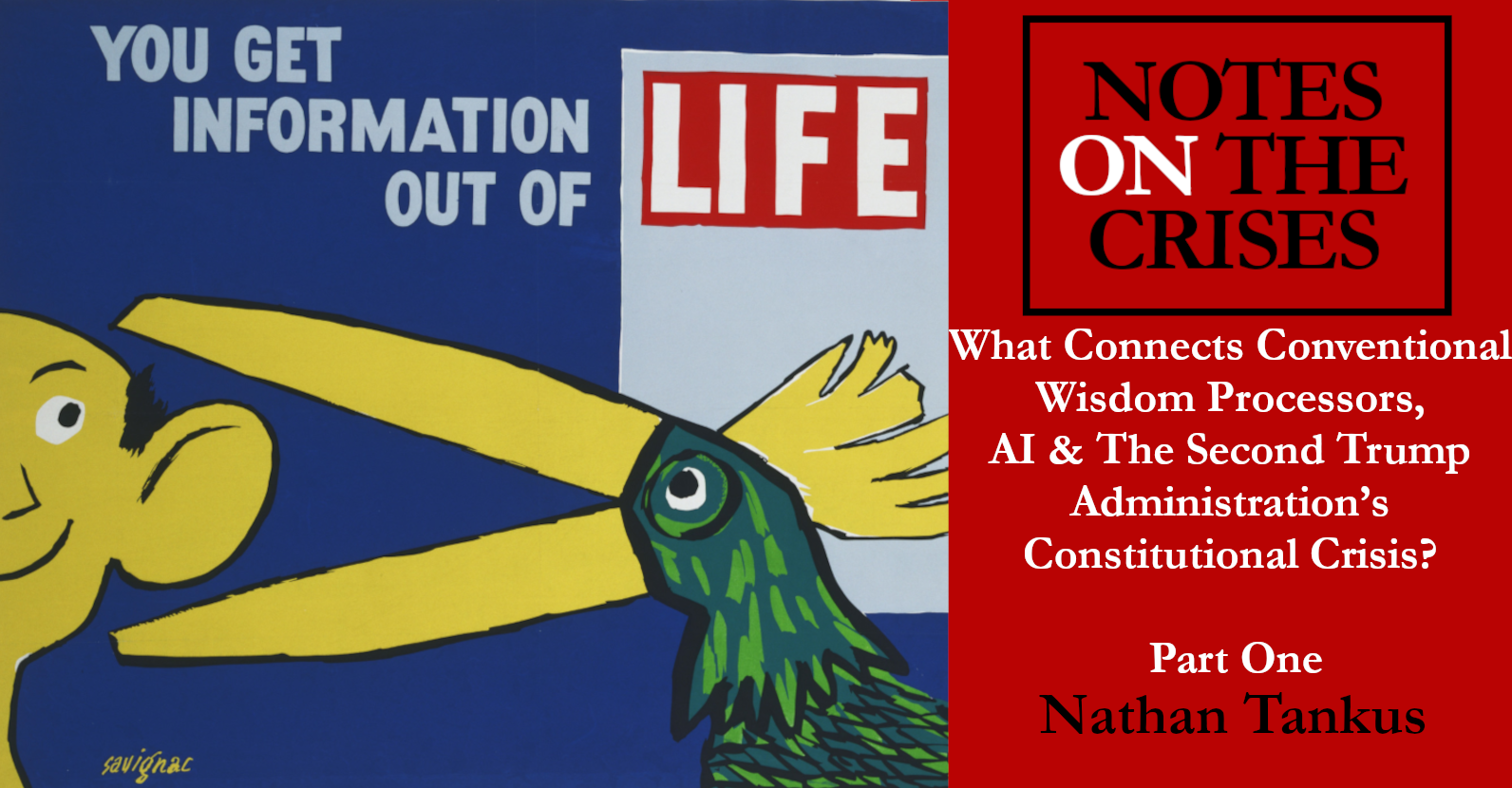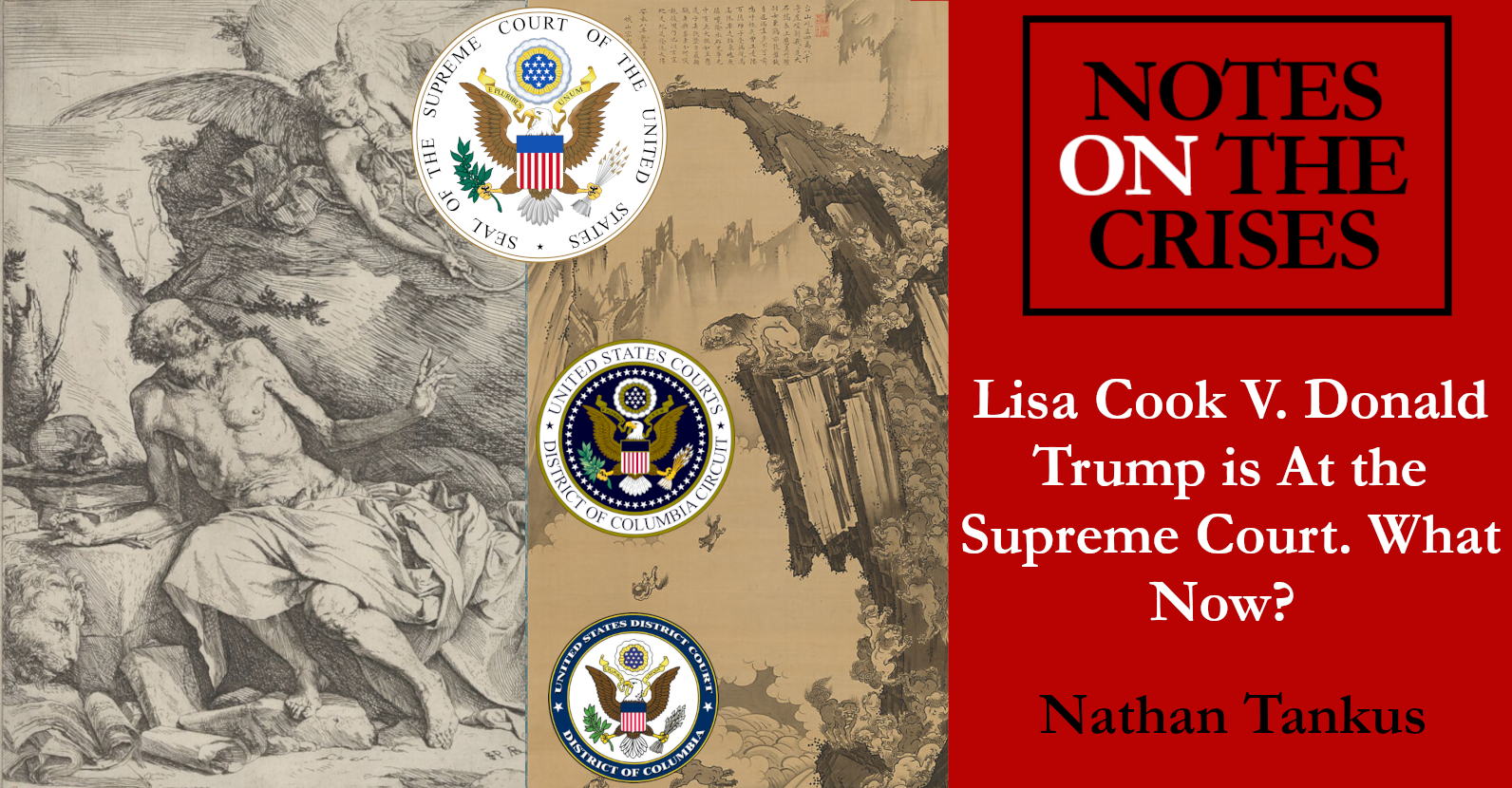About a decade ago, a person I knew very well who had been very helpful to me in my campaigns when I was in the Senate said she had met a very impressive young man. He was going to start a group to go on college campuses and try to convince young Americans that ours is the greatest country in the history of the world, and that Marxism is bad.
And I remember thinking back then, I was a little skeptical. I said, “College campuses? You’re going to do that? Why don’t you start somewhere easier, like, for example, Communist Cuba?”
But my skepticism was proven wrong in place after place.
Over the last decade and a half, we’ve seen a renaissance. Understand where we were at that time in our history. Understand where we are still today in many places, where young Americans are actively told that everything they were taught—that all the foundations that made our society and our civilization so grand—was wrong. That they are all evil, that marriage is oppressive, that children are a burden, that America is a source of evil, not of good, in the world.




